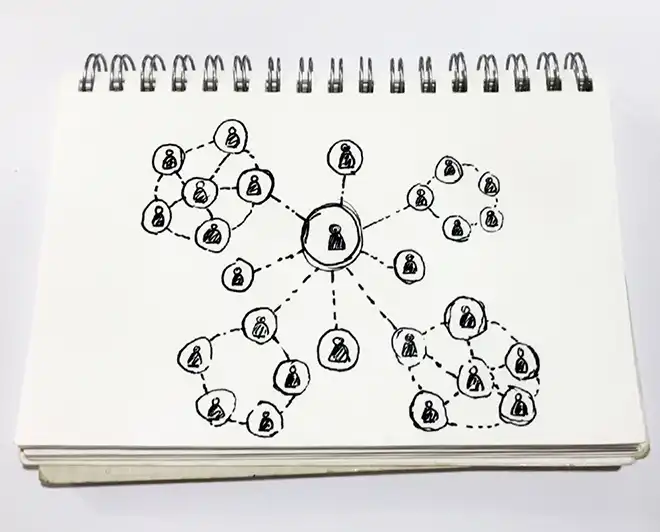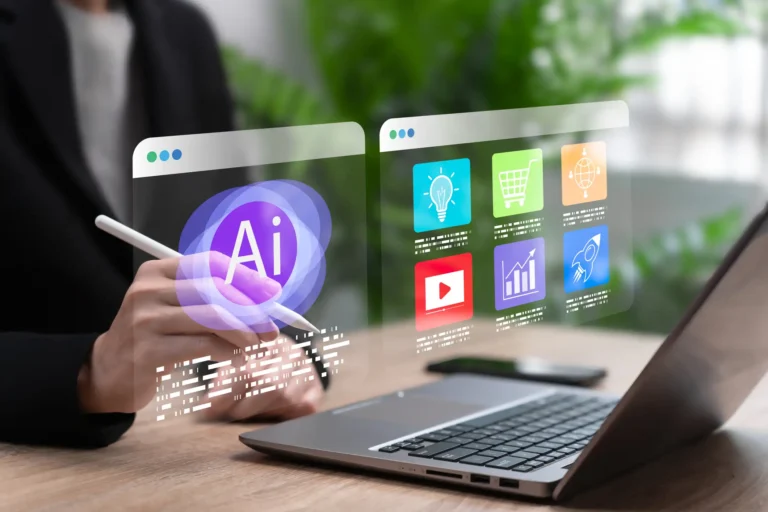People who know me say I live for a challenge.
That’s probably why I love B2B digital marketing so much. It’s always evolving. Recently Gartner’s CEO said, “…the best sales organizations are shifting focus to delivering a differentiated digital-first buying experience supported by sellers, rather than a seller-first buying experience supported by digital.”
Or maybe I’m drawn to B2B digital marketing because, all too often, conversations with prospective clients include a version of “Digital marketing? Been there, done that. It doesn’t work.”
Their stories are hard to hear. A project that fell short of the mark or outright flopped. A big budget paid to a digital agency that didn’t understand their business or their customers. Others remember campaigns from the early days when digital marketing technology couldn’t deliver what it does today.
Why B2B digital marketing can fail.
Anecdotes like those point out that digital marketing has a multitude of moving parts, giving it numerous opportunities to succeed or fail.
Especially in the business-to-business environment, this complexity means an effort can be unsuccessful if the agency isn’t immersed in B2B or if they don’t have deep digital experience. Campaigns that rely on fads or tactics that aren’t backed up by solid planning, strategy and metrics may also be headed for disaster.
01
Focus on your customer and their sales journey.
Business-to-business is a multifaceted sale to multiple decision-makers across the buying committee. And these customers are not impulse buyers — the B2B sales cycle can range from months to a year or more. Therefore, success depends on knowing where your customers are in their buying journey and offering appropriate information and incentives through targeted digital channels (not mass media) at the right time. (More on this in #3.)
02
B2B selling is not a sprint, it’s a marathon.
Moving forward without a comprehensive plan is like jumping the gun — and just as likely to send you back to the starting line. Your B2B digital marketing plan should clearly map out a series of interactions across the buying journey. And it should take advantage of a strategic array of components: your website, emails, landing pages, your sales pitch decks and more.
03
Understand your B2B customers — really, really understand them.
The fate of your product or service lies in the hands of real people. Skipping over the critical work of getting to know them fully can doom your digital marketing campaign. Like you and me, these decision-makers have distinct mindsets, personality traits, challenges and pain points, and they think and act differently over the course of their buying journey. Constructing in-depth, accurate personas for your customer segments creates a consistent vision and highlights differentiators that will give your entire effort an edge.

Know your customers.
- What’s in his bookmark bar
- Where he gets his news
- His favorite podcast
- What magazines he reads
- Where he gets advice
- His favorite business blogger
- Trade shows he attends
- How he makes decisions
04
Create an authentic and compelling B2B BRAND messaging platform.
With personas in place, you can develop core messaging based on customer challenges and needs. The best platforms are clear, concise and used consistently in all communications; in this way, your messaging will draw a common thread throughout all customer touch points (websites, decks, emails, etc.). The most effective and authentic messaging platforms are informed by a discovery process that may include client interviews and workshops. The results are worth the investment!
05
Content is critical.
Do you operate in a highly competitive field where you are one of a hundred players competing for limited mindshare? Are you a startup with little name recognition? Or maybe you’re lucky enough to be the industry leader and you just need to use marketing to maintain your pole position. Each of these scenarios provides its own challenges. Typically, the more competitive your industry, the more budget you’ll need to get noticed. So be honest about the competition and be realistic about your marketing goals. That’s the only way to create a budget that yields results.
06
Bring sales and marketing teams together.
Digital marketing can go wrong if sales and marketing are siloed. On the other hand, when these teams have a mutual understanding of the buying journey and objectives, digital marketing supports your sales and marketing ecosystem and can help it thrive. Marketing knows which leads are most valuable to sales. And sales provides insights to help marketing create and update your library of content to bring in the most-prized leads. Magic happens. Deals close.
Find opportunities for teams to work together.
07
Make your website a workhorse.
If your website isn’t hardworking and multifunctional (and fine-tuned before you kick off), it can severely impact your success. As your storefront, your site is the cornerstone of your sales and marketing strategy. On top of that, it should be built with your core audiences in mind (which is easier to do with personas and messaging platforms) and it should be able to evolve and expand over time.
08
Optimize, optimize, optimize.
Digital marketing can fail if it’s not dynamic; this is not a “set it and forget it” endeavor. In fact, a major strength is that it provides tracking data. You’ll be able to see how customers and prospects are engaging, evaluate what’s working and what’s not. This data is your tool for optimizing results. Establish a regular reporting cadence and always keep adjusting and improving.
09
Measure the right metrics.
Data is digital marketing’s strong suit. But data for its own sake will not help your cause. Efforts that fail can be guilty of defining the wrong metrics. It’s important to have a clear idea of your campaign’s objectives before you embark on any digital marketing effort. And don’t fall into the trap of tracking the same KPIs through every stage of the buyer’s journey. Instead, shift indicators as customers move through the sales funnel. For example, track impressions and reach at the top. Then measure form fills and conversions as prospects move from consideration to action.
Customer journey.
10
Lastly, don’t forget to be creative!
Although based in data, planning, evaluation and optimization, as we’ve mentioned, B2B digital marketing misses the boat if it forgets that the customers are real people. So be clever. Get creative. Catch their eyes. Make some waves! Use your brand personality, your messaging platform and personas as the basis for creative, focused messaging that connects memorably with your customers.



